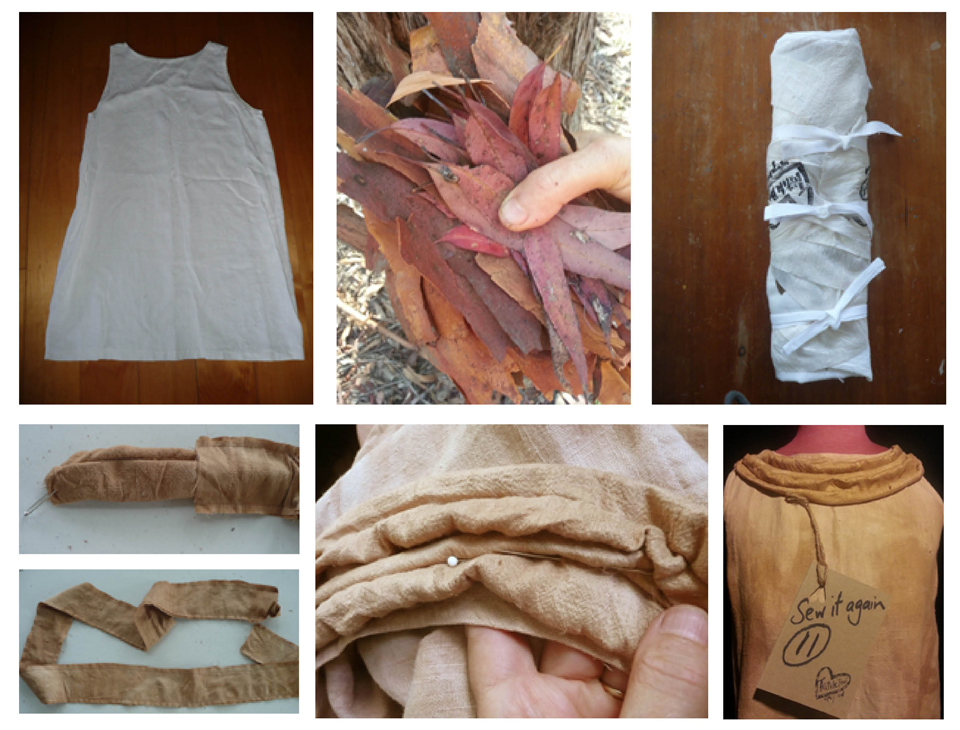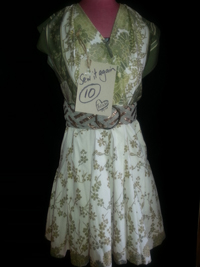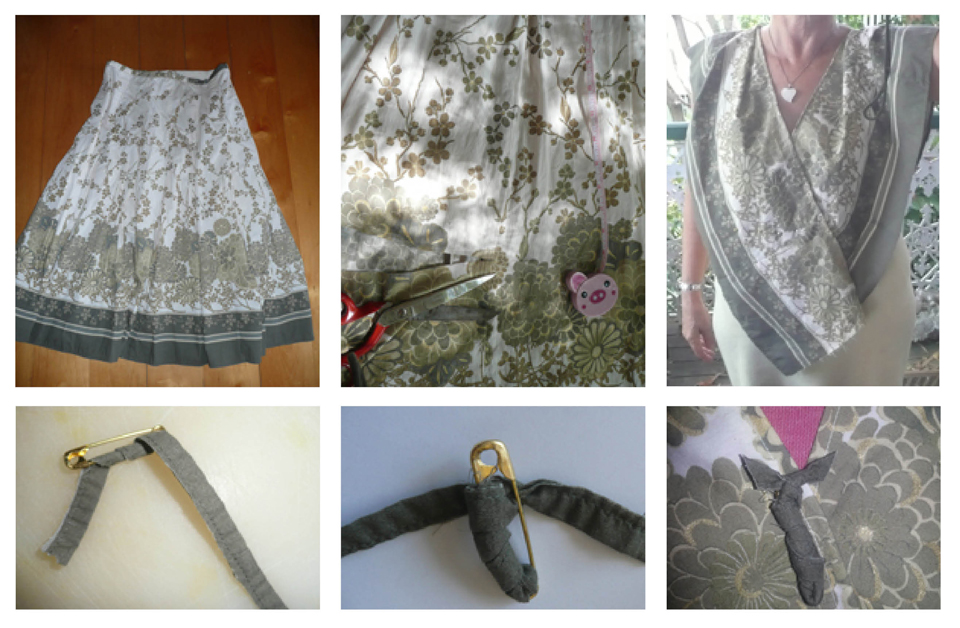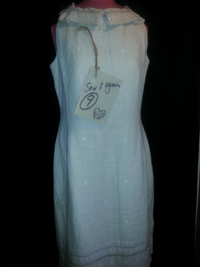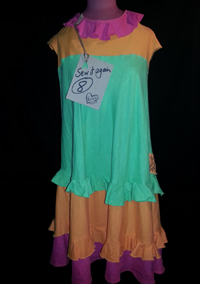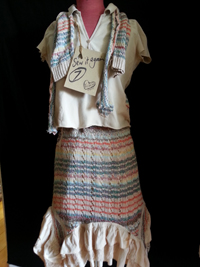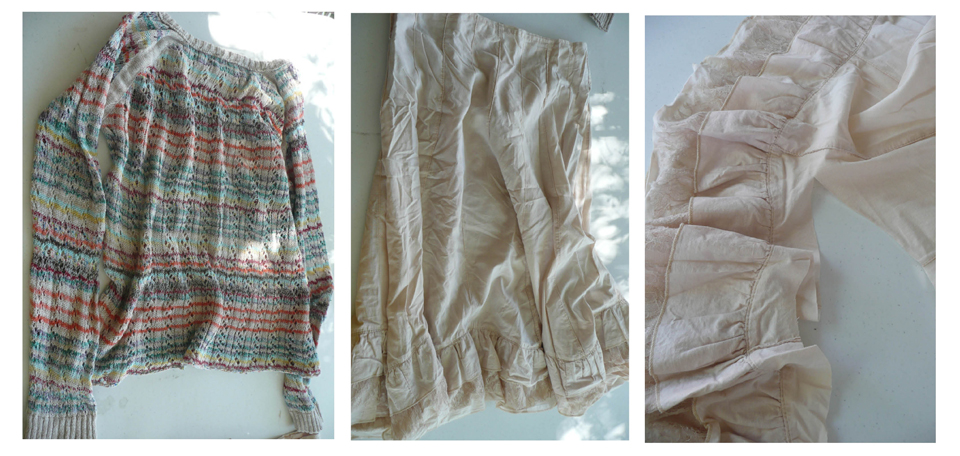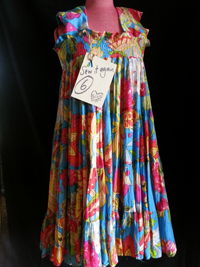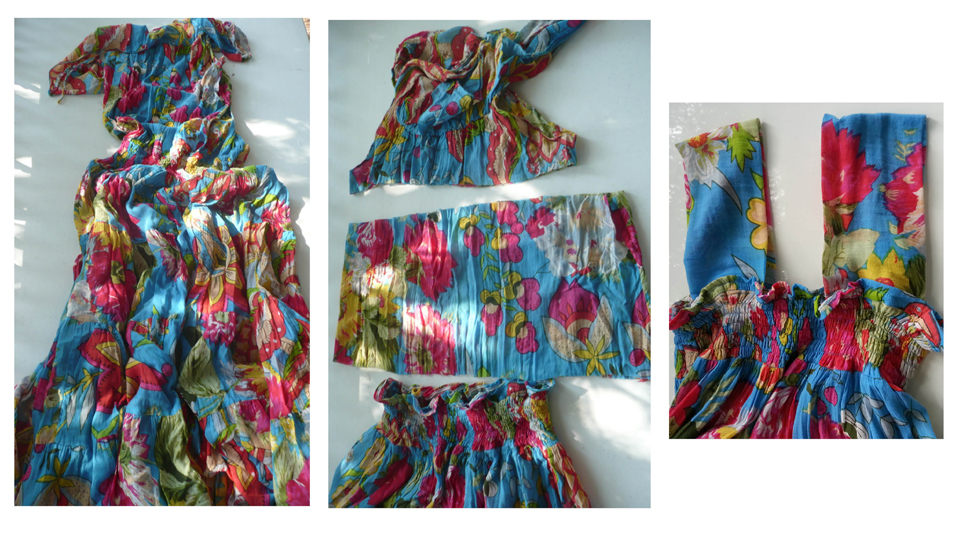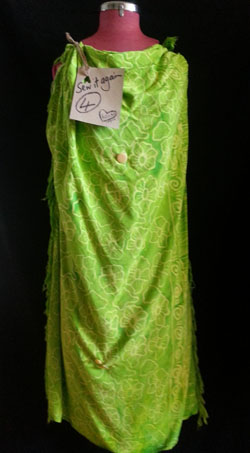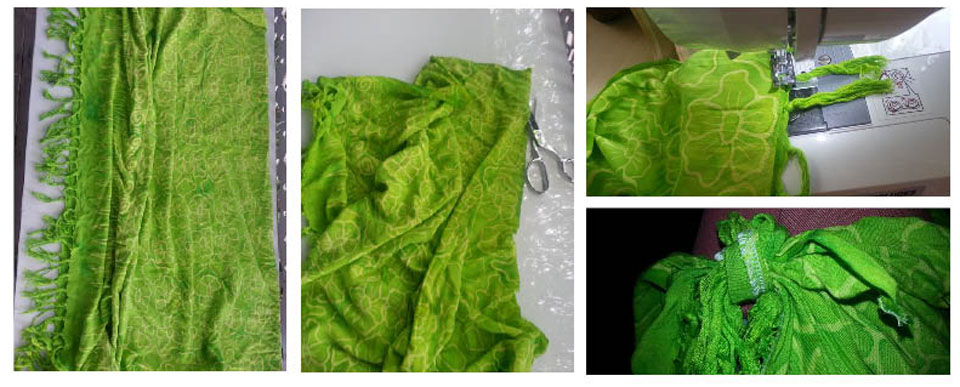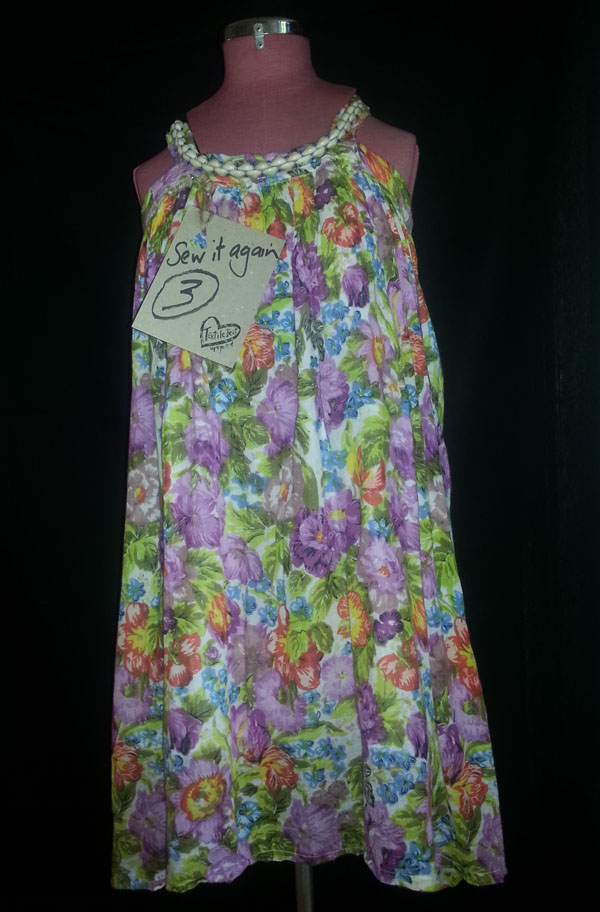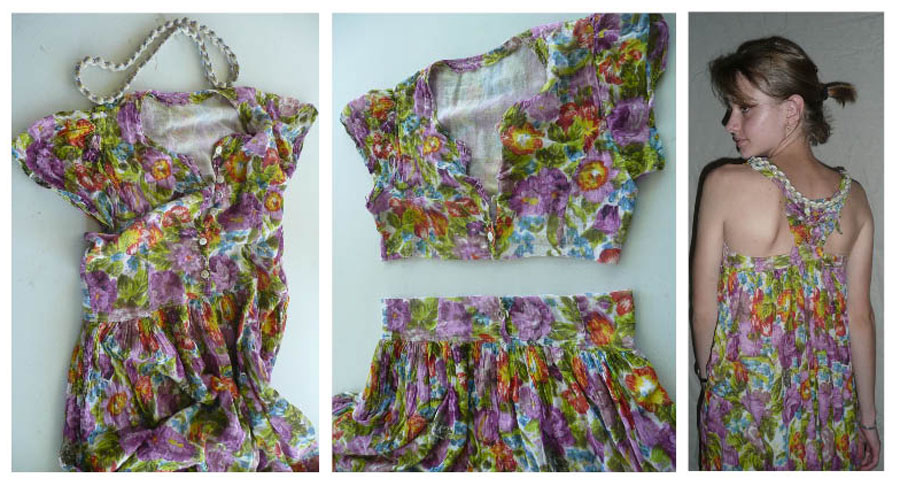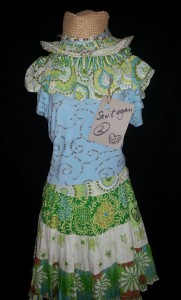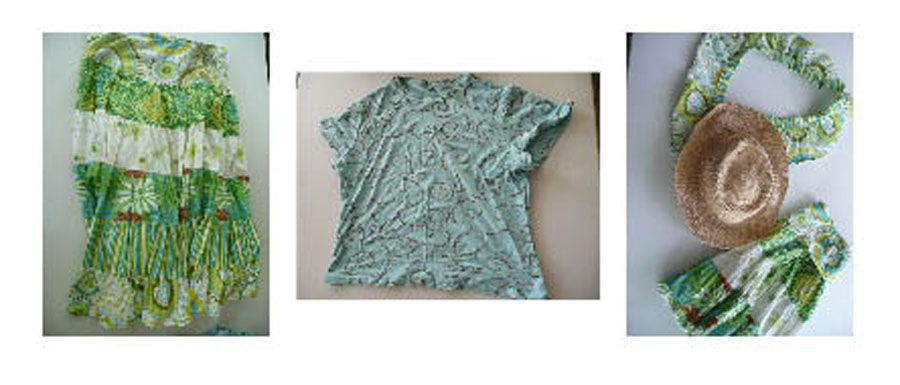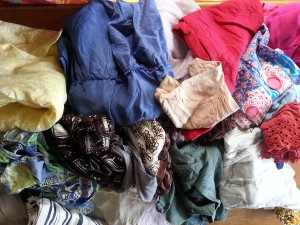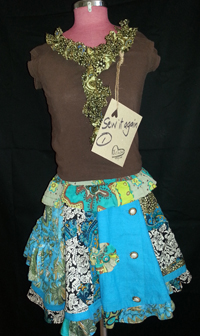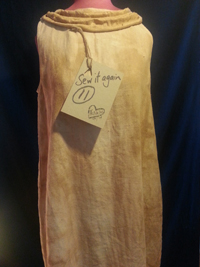 I’m an agricultural scientist by training and my first professional job was as ABC rural reporter working in radio and television in Victoria and Queensland.
I’m an agricultural scientist by training and my first professional job was as ABC rural reporter working in radio and television in Victoria and Queensland.
Now I’m on a 365-day journey with the Sew it Again project to inspire creative upcycling of natural fibre clothing and revive home-sewing as a life-skill akin to cooking.
In between these endeavours, as a communications consultant I’ve run issues-based campaigns such as the 612 ABC Swap It Challenge for health groups, Save the Aussie Banana for growers and water fluoridation for dentists.
Sew it Again is a campaign of my own making which emerged during leadership studies last year that changed my thinking about what really matters – and it isn’t money or power. I’m interested in values-based leadership mindful of Earth’s finite resources, so I’m now following my heart on a journey of creativity, empowerment, thrift, sustainability, ecological health and wellbeing.
My thinking aligns with that of Huffington Post editor-in-chief Arianna Huffington’s Third Metric campaign which is “redefining success beyond money and power to include well-being, wisdom, wonder, compassion and giving”.
Huffington said: “We’ll be opening up the conversation around all the ways our current definition of success is failing us, and putting the spotlight on the tremendous shift happening across the country—and across the world—as women and men seek a new definition of success that’s more sustainable and more humane.”
Sew it Again bridges memories of childhood, professional expertise, agribusiness networks and a love of nature with a desire to raise awareness about our escalating rate of textile consumption which is rising at three times the rate of population growth. FAO textile consumption survey 2013
Today’s offering is an old linen dress I’ve had for years but wasn’t wearing. I gathered fallen bark on my morning’s walk and gave it a colour change, along with a piece of silk which I then hand-stitched around the neckline to add interest.